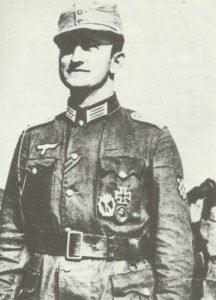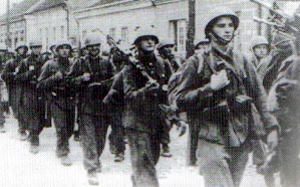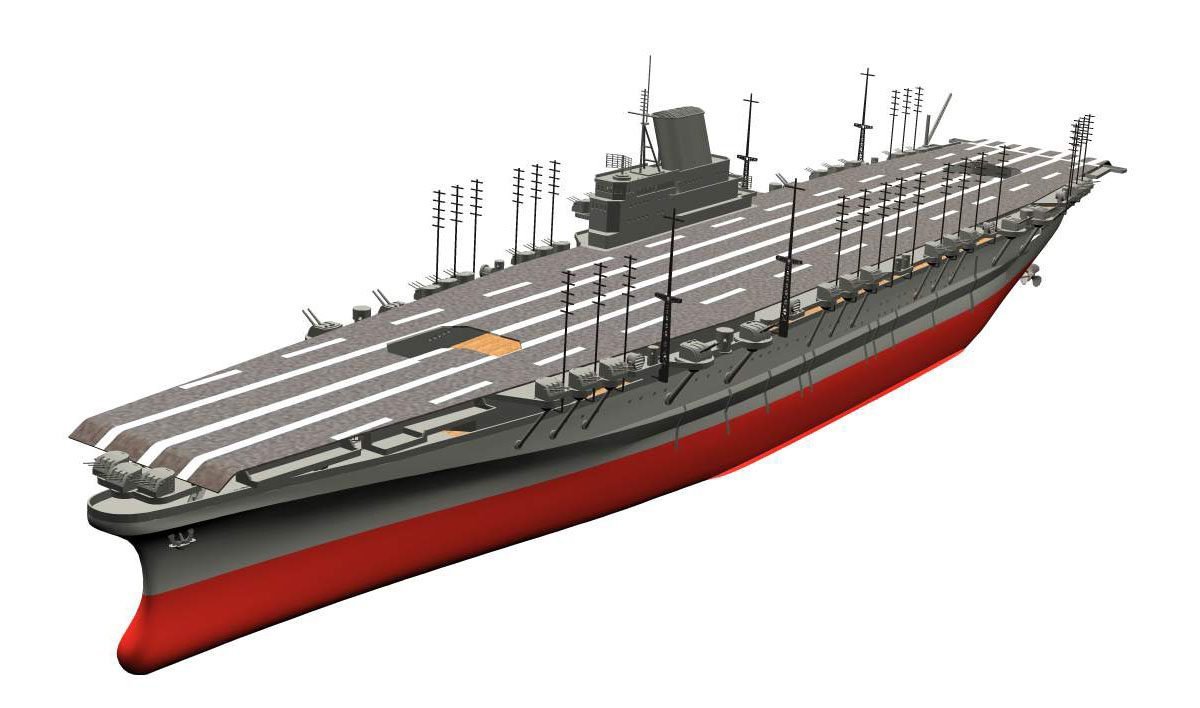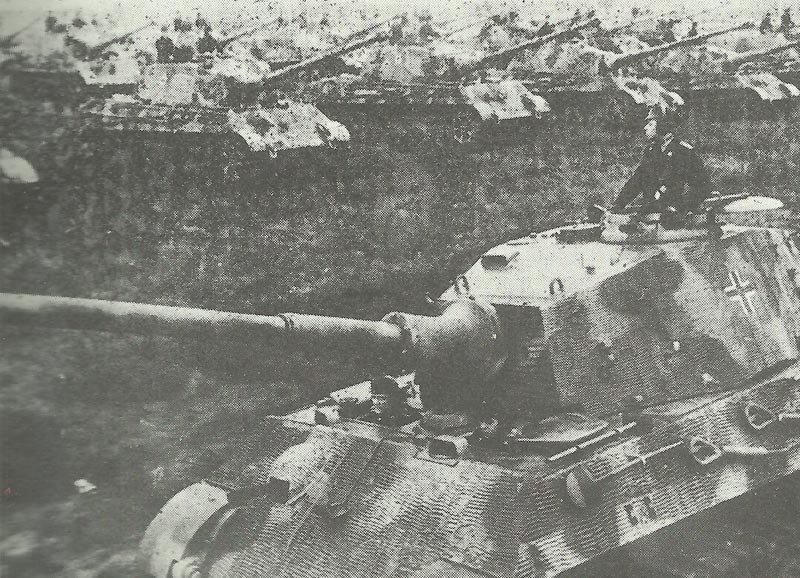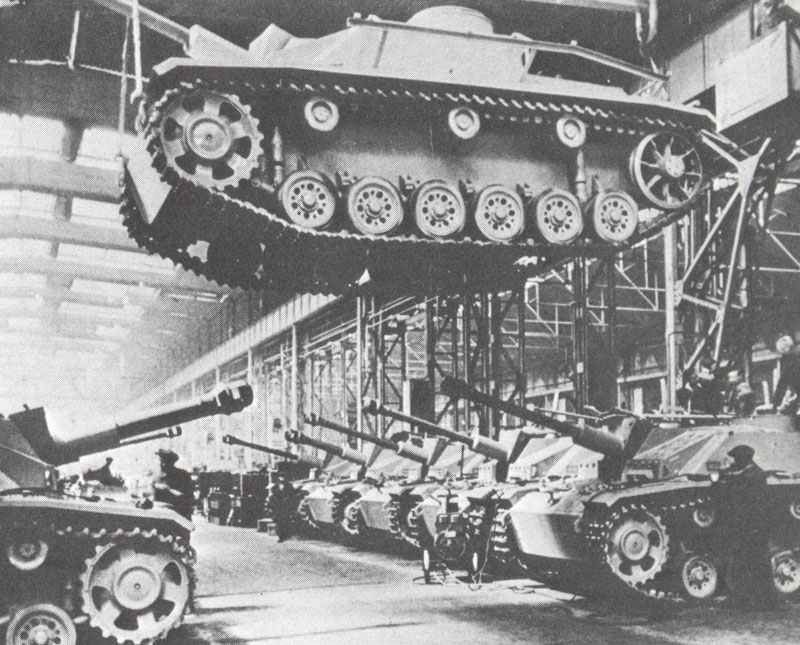Axis Eastern Front allies: Spanish ‘Blue’ division and Volunteer Air Force, Croatian Army and Air Force, pro-Axis Serbian troops.
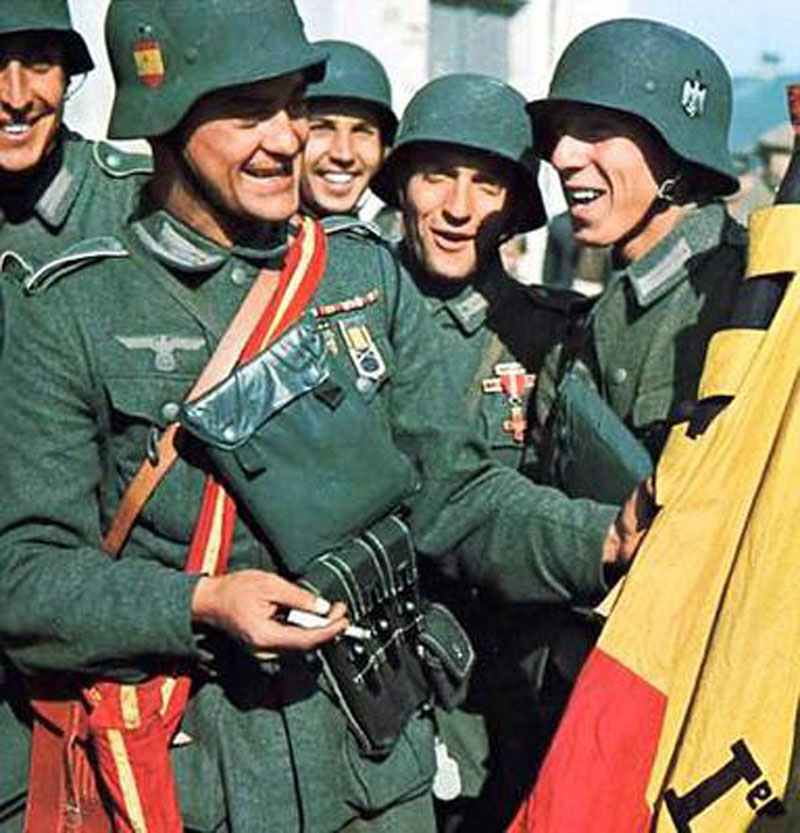
Spain
Table of Contents
Spanish Volunteer Units
In return for German help in the Spanish Civil War, Franco agreed to the formation of a Spanish Volunteer Division of 18,000 men, most of whom were regular soldiers, to participate in the ‘crusade’ against Bolshevism on the Eastern Front.
On 25 July 1941 the Spanish ‘Blue’ (Azul) Division became the 250th Infantry Division of the German Army.
The usual four infantry regiments in a Spanish division were reduced to three (262nd, 263rd, and 269th) with the 250th Artillery Battalion and divisional units. Personnel strength was 641 officers, 2,272 non-commissioned officers and 15,780 men.
After sustaining 12,776 casualties, the Division was withdrawn from the front in October 1943.
From November 1943 a Spanish ‘Blue’ Legion with two infantry banderas (battalions) and a mixed bandera with artillery, anti-tank and combined companies was engaged in fighting partisans in the northern sector of the Eastern Front. Following the general retreat into Estonia the Legion began to leave for Spain in April 1944.
Spanish Volunteer Air Force
Five Spanish Air Force squadrons, trained and equipped by the Germans served with Army Group Center. Only one squadron at a time served at the front. The squadrons served mainly as bomber escorts and accounted for 156 Soviet aircraft on the Eastern Front.
Croatia
Croatian Army
The new Croat State began raising its own armed forces by conscription. This new army was known as the Hrvatsko Domobranstvo (which literally means Home Army), and by the end of 1941 it comprised four army corps, six divisions and 46 battalions. Two types of Croat formation came into existence; these were the rifle brigades (Jaegerbrigaden) and the mountain rifle brigades (Gebirgsjaegerbrigaden). The mountain rifle brigades were composed of two rifle regiments and two battalions of artillery. In 1944 the personnel strength of the four rifle brigades was 35,000 men.
An Italian-Croat Legion was organized as a two-battalion Blackshirt Legion with an artillery battalion attached. It fought well with the Italian 3rd Mobile Division, but was destroyed during the Don retreat.
The German-Croat Legion was organized as a three-battalion infantry regiment with an attached artillery battalion, and was known as the ‘369th Reinforced Croat Infantry Regiment’. It was lost at Stalingrad.
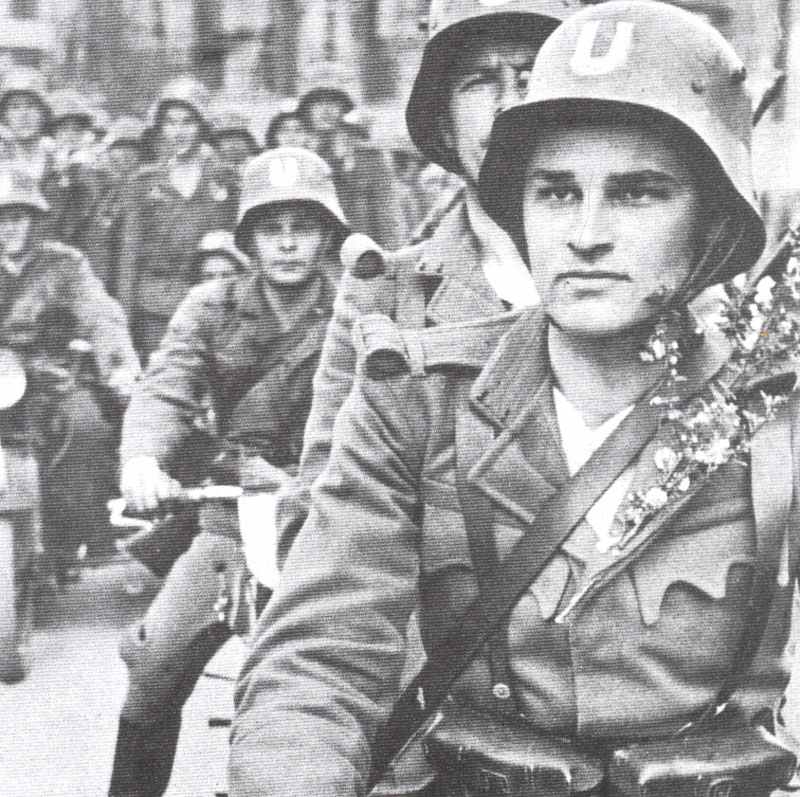
The Croat para-military organization which fought against both the partisans and the Chetniks was the Ustashi which had both a military and police role. In addition to some better organized and disciplined units, there were a number of ‘wild’ bands – mere bandits.
By the end of 1941 there were 15 Ustashi battalions, which were combined with Army units to form 16 combined Domobranen-Ustachi divisions and another 30 brigades with a total strength of some 114,000 men with another 38,000 in territorial units. At the end of the war the remnants of these units were gathered together to form one battle-worthy division, the 1st Croatian Storm Division.
Croatian Air Force

Initially the Croatian Air Force was equipped with aircraft from the former Yugoslav Air Force or machines supplied by Italy. In October 1941 a Croatian Air Force Legion was formed consisting of one fighter squadron (Messerschmitt Bf109s) and one bomber squadron (Dornier Do17).
Serbia
Pro-Axis Serbian Troops
Under the premiership of General Milan Nedic, the Serbian area of Yugoslavia was treated as an occupied country but allowed to raise a limited number of armed troops for internal security duties.
Gendarmerie-type units which existed during the war were the Serbian City Guard with a total strength of 15,000, the Serbian State Guard (Srpska Drzavna Straza), successor to the Royal Yugoslav Gendarmerie with Danube and Dvina regiments, and the Serbian Frontier Guard (Srpska Granicna Straza).
The most overtly collaborationist was the Serbian Volunteer Corps (Srpska Dobrovoljacki Korpus) formed in the spring of 1943. At the end of 1944 the Corps and its German liaison staff were transferred to the Waffen-SS as the Serbian SS Corps and comprised a staff, four regiments each with three battalions and a training battalion.
Serbian Volunteer Corps
Formation and Structure:
– Origins: The SDK was formed in 1941 as a collaborationist unit by the Government of National Salvation, the puppet regime established by the Axis powers in Serbia. It was initially formed to counteract Communist Partisan and Chetnik resistance movements.
– Leadership: The corps was led by General Milan Nedić, who headed the Government of National Salvation. The military command of the SDK was given to General Kosta Mušicki.
Composition:
– Personnel: The corps mainly consisted of Serbian volunteers who were either sympathetic to the Axis cause or opposed to the Communist Partisans. Some were former Yugoslav Army soldiers, while others joined for reasons of personal security or ideological alignment.
– Size: The SDK’s size varied over time, reaching its peak strength of about 9,000 to 12,000 men.
Role and Activities
– Anti-Partisan Operations: The primary role of the SDK was to combat the Communist Partisans led by Josip Broz Tito and other resistance groups, including the Chetniks, who were initially allies but later often clashed with the Partisans.
– Collaborative Actions: The corps worked closely with German forces and other Axis collaborators. They were involved in several anti-partisan campaigns, security duties, and punitive operations against villages suspected of harboring resistance fighters.
– Brutality and Reprisals: The SDK was known for its brutal reprisals against civilians, a common tactic used to deter support for the resistance movements. This included executions, torture, and destruction of property.
Decline and Dissolution
As the tide of the war turned against the Axis powers, the effectiveness and morale of the SDK declined. They faced increasing pressure from the advancing Partisan forces and the deteriorating situation on the Eastern Front.
By late 1944, with the Red Army advancing into Yugoslavia and the Partisans gaining strength, the SDK was effectively dissolved. Many of its members were captured or killed by Partisans, while some attempted to flee or go into hiding.
After the war, members of the SDK were generally viewed as traitors and collaborators by the new Yugoslav government. Many were tried and executed or imprisoned.
The role and actions of the SDK remain a contentious subject in Serbian and Yugoslav history. Some view them as misguided nationalists, while others condemn them for their collaboration and participation in wartime atrocities.
The Serbian Volunteer Corps is a stark example of the complex and often brutal nature of occupation and resistance during World War II, reflecting the difficult choices and severe consequences faced by those living under Axis occupation.
References and literature
The Armed Forces of World War II (Andrew Mollo)
Germany’s Eastern Front Allies 1941-45 (Peter Abbott, Nigel Thomas)




